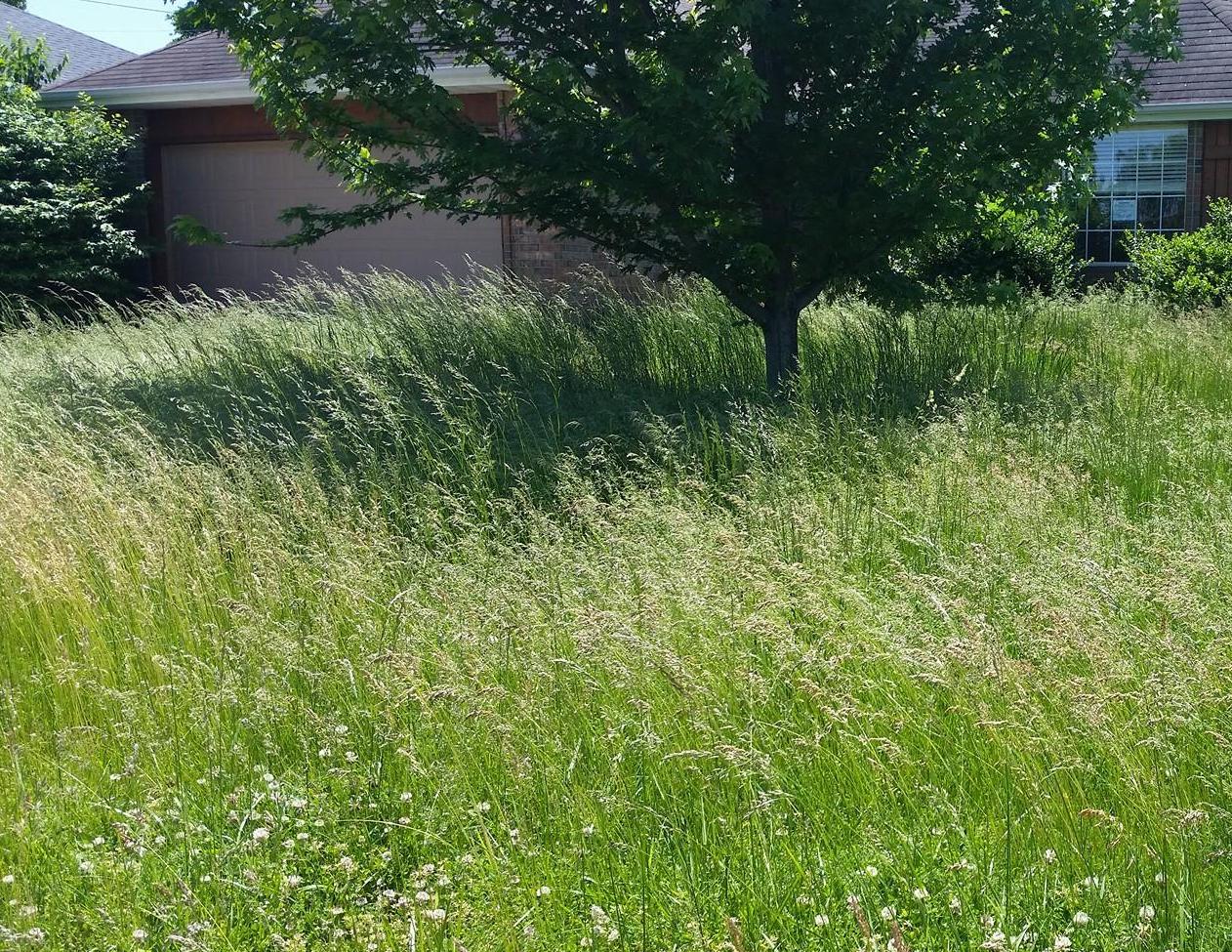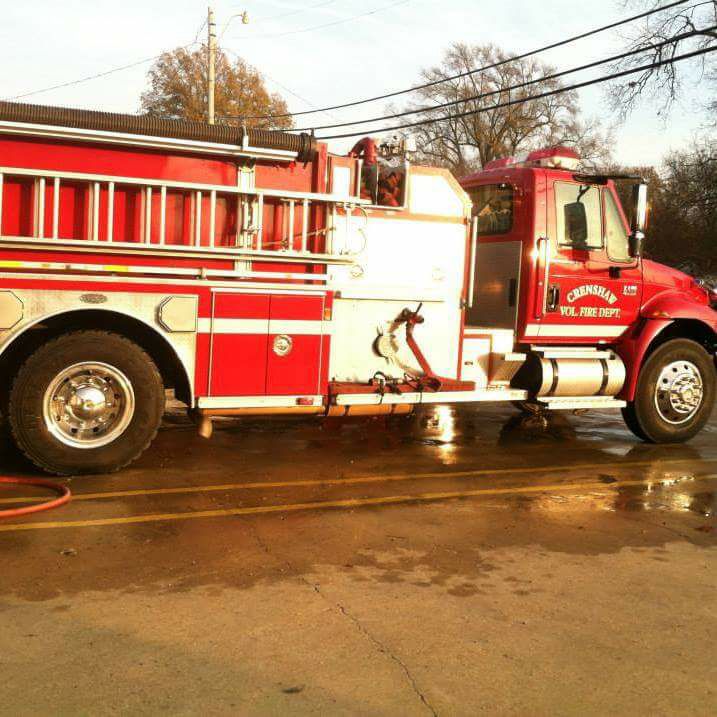Timing is crucial when pruning spring and summer plants
Published 1:35 pm Wednesday, July 16, 2025
By Felder Rushing
Gardening Columnist
Call it “selective indignation,” but though I don’t cut my long hair, I do shave my face and take care of my shrubbery. Nobody needs extra sweat this month, but pruning is a worthwhile midsummer chore.
Trending
Before getting into what needs pruning this month, a little physiology may help those who need mental preparation for what seems to be a negative thing. First, pruning most plants is actually stimulating to them. A plant growth hormone produced in the tips of twigs represses growth farther down the stems; cutting plants back even an inch or two removes the source of this auxin, which releases dormant buds causing otherwise bare branches to sprout new shoots. It is similar to “deadheading” spent flowers to help plants produce more flowers, faster.
Keep in mind is that new growth will usually sprout right below where you make cuts, so prune stems as far down as you need with enough room for new growth to grow back up to where you want it; if you want new growth down low, you gotta cut down low. For a “layered” effect, like I do with nandinas, prune some stems lower than others, rather than cutting things straight across all the same height. Leave some stems alone but cut a few close to the ground and some in between.
Most gardeners shape shrubs into round, square, rectangular, pointy, tree-form, topiary, espalier flat against walls, bonsai, etc.; keeping hedges, boxwoods, hollies, and other foundation plants nice and tight means a lot of routine shearing new growth to remove green tips without getting into heavy pruning. This can be done all winter, spring, and summer, but not in late fall or new growth will be too tender to make it in the winter.
By the way, any time is fine for removing dead, diseased or insect-infested growth, or simply thinning out thickly-entwined vines or wayward climbing rose canes, or tree limbs that are hanging over the walkway. Try to not leave any stubs.
The hardest of all is called “rejuvenation” pruning, in which medium or large landscape shrubs gotten out of hand or are diseased or have winter or drought damage are cut back hard, sometimes almost to the ground, and basically started over. Roses are done this way in the winter, leaving just a foot or two of the previous year’s growth. Shrubs treated this way every few years will quickly put out strong new growth pushed by intact root systems. Note: Evergreen conifers like junipers, pines, and arborvitae do not survive hard pruning.
But back to my original premise, of pruning spring blooming plants. Timing is crucial. Though summer and fall or early winter bloomers like roses, crape myrtles, althea (rose of Sharon), abelia, gardenia, hydrangeas, and figs flower on new growth and can be pruned in late winter or very early spring, winter- or spring-bloomers are pruned after flowering, but before mid-summer. Which is coming up quickly.
Trending
Leggy azaleas, overgrown spirea, camellias, flowering quince, once-blooming climbing roses like Lady Banks and Peggy Martin, gangly blueberries with out-of-reach fruit, and new blackberry canes can be taken down a few notches right now for fast, compact new growth with lots of twigs for more flowers next year. The trick is in doing it this month, while there is time for new growth to sprout, mature, and make flower buds before going dormant this fall. Waiting until late summer means reducing next year’s flowers or fruit.
Yeah, it’s hot and muggy, but now is the last call for pruning spring bloomers. Get out early in the morning and wear a hat.
Felder Rushing is a Mississippi author, columnist, and host of the “Gestalt Gardener” on MPB Think Radio. Email gardening questions to rushingfelder@yahoo.com.






